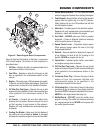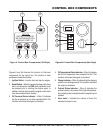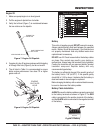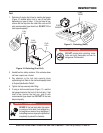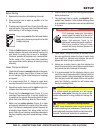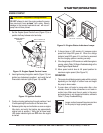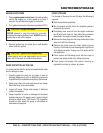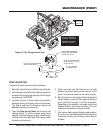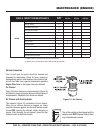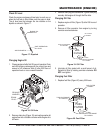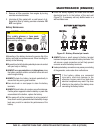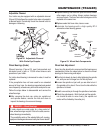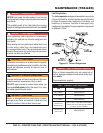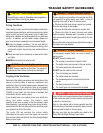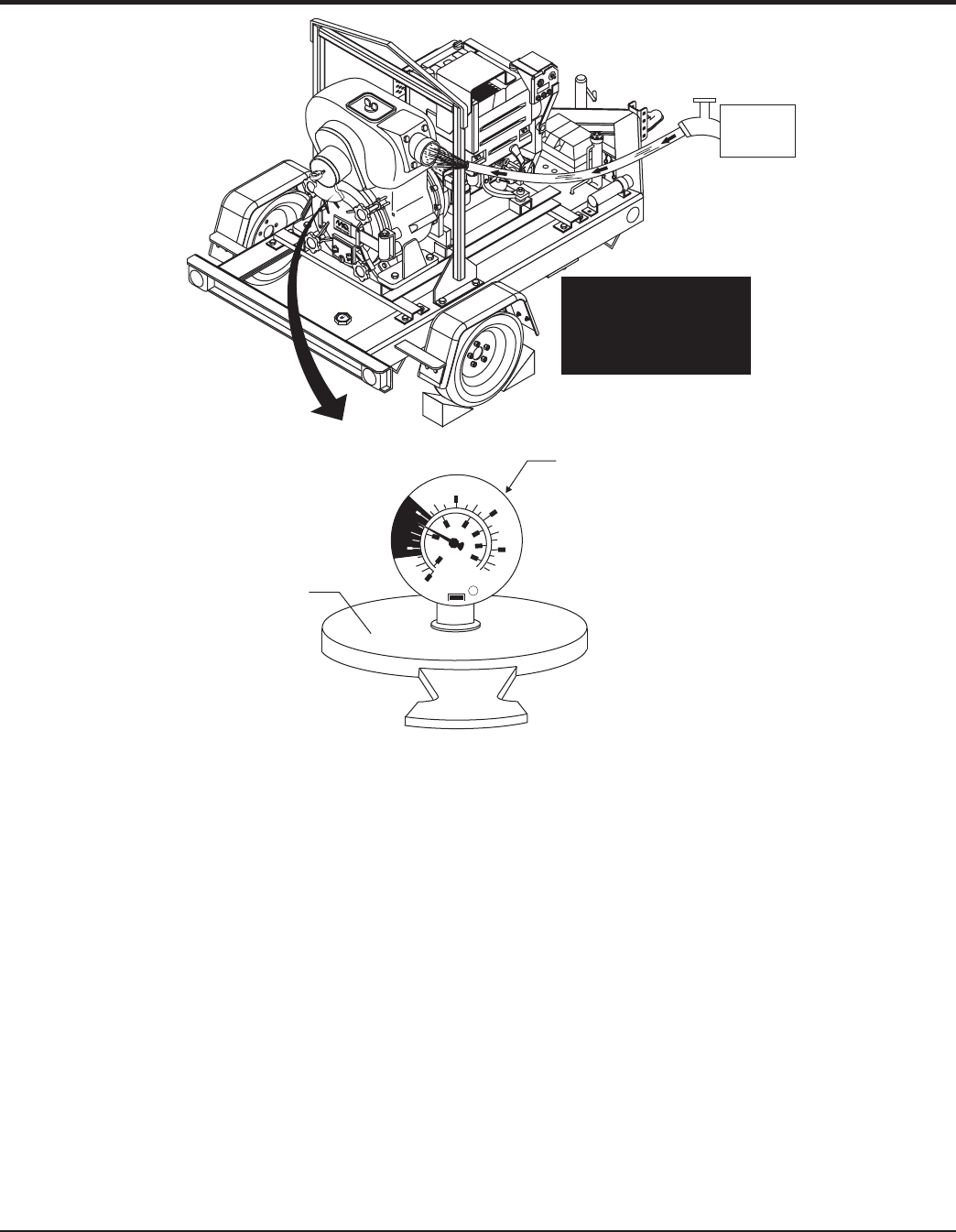
MQ62TDD TRASH PUMP • OPERATION AND PARTS MANUAL — REV. #0 (07/30/09) — PAGE 27
MAINTENANCE (PUMP)
PUMP VACUUM TEST
To perform the pump vacuum test do the following:
1. Remove the pump fill cap, and fill the pump with water.
2. Start the engine as outlined in the initial start-up section,
and wait for the pump to begin pumping. Confirm engine
is operating at 3,000 RPM's
3. As shown in Figure 15, place a water hose inside the
discharge opening of the pump, and turn on the water.
This flow of water into the discharge opening will
prevent
the pump from running dry.
4. Place the
Pump Vacuum Tester
over the pump inlet
opening (Figure 15) with the vacuum gauge facing
upwards. It may be necessary to apply a small amount
of water around the rubber seal of the vacuum tester
to make a good suction fit.
25 IN. HG TRANSLATES
INTO 25 FEET OF LIFT
AT SEA LEVEL.
PLACE VACUUM TESTER
OVER PUMP INLET.
CAUTION
DO NOT RUN PUMP
WITHOUT WATER.
SOURCE
WATER
ACCEPTABLE READING
SHOULD BE BETWEEN
-25 AND -20 IN. HG.
-15
-30
-10
-5
in. Hg
kPa
WIKA
R
-100
-80
-60
-40
-20
-25
-20
(In. Hg = INCHES
OF MERCURY)
5. Check and make sure that there are no air leaks
between the vacuum tester and the inlet port on the
pump. If air leaks are present re-seat vacuum tester.
6. Run the pump for a few minutes while monitoring the
vacuum gauge. A pump will lose approximately one
foot of suction lift for every 1,000 feet of elevation.
Depending on the elevation, the gauge should read
between 20-29 in. Hg. (inches of mecury). This is an
indication that the pump is working correctly.
7. If the vacuum tester gauge indicates a reading
below
-
20 in. Hg, it can then be assumed that the pump is not
functioning correctly, and corrective action needs to
be taken.
Figure 15. Dry Pump Vacuum Test




